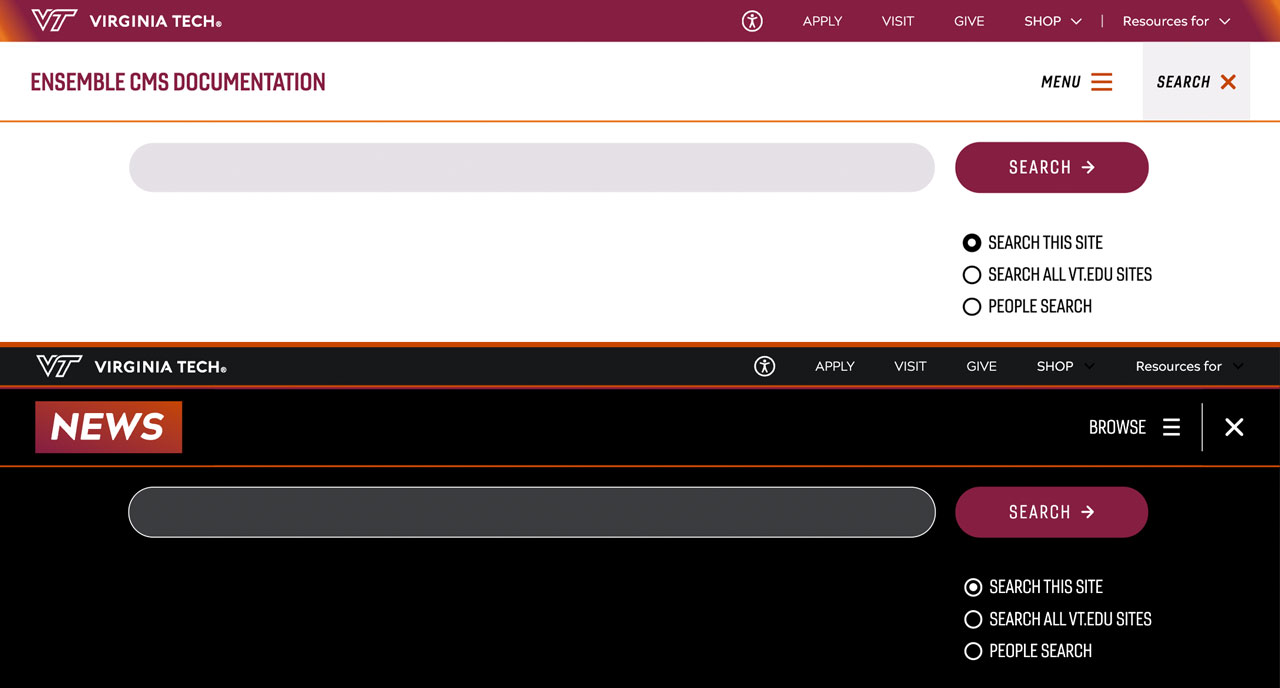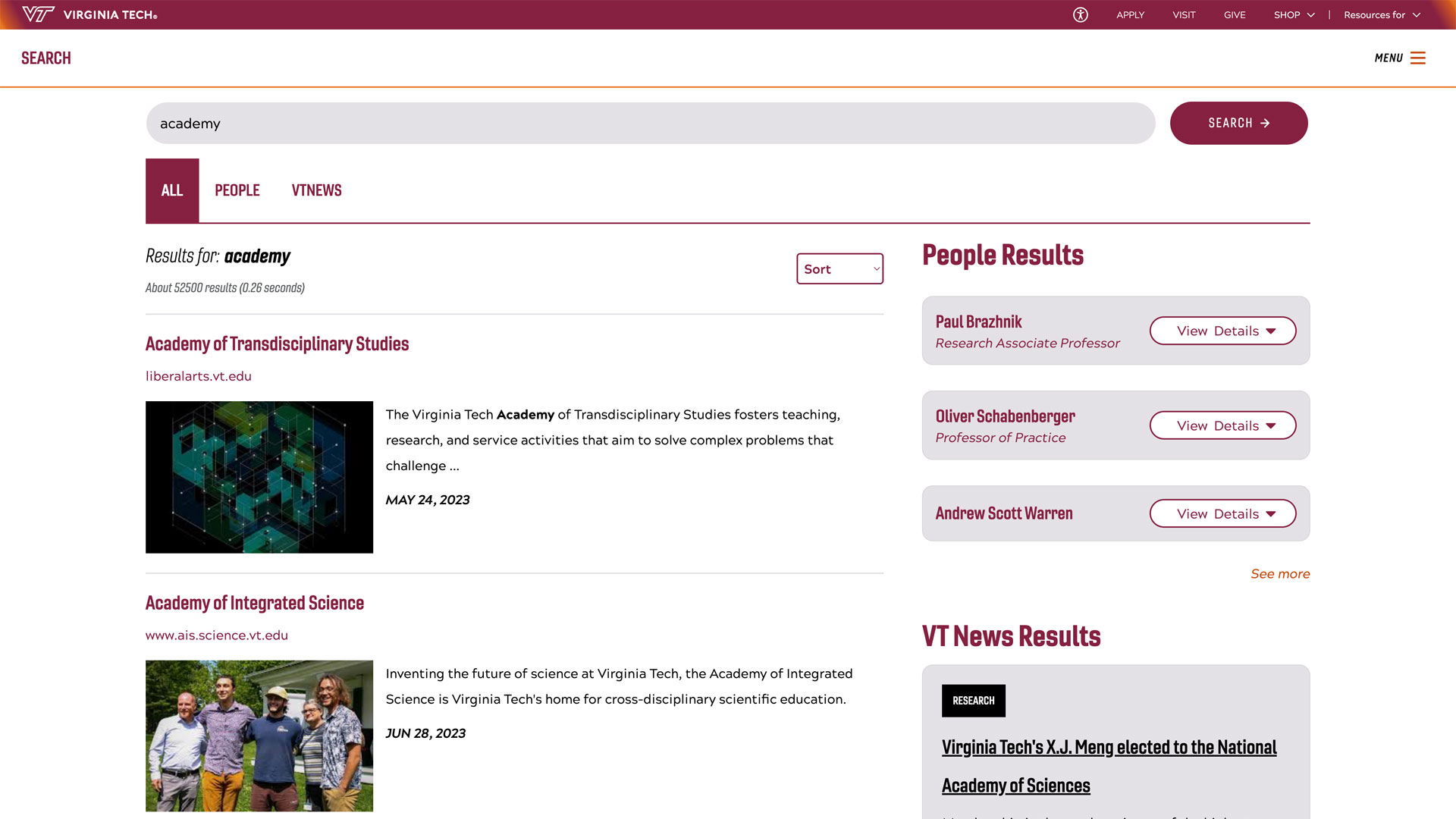Government funding for the arts in the second Trump presidency and our potential for advocacy
Bria Weisz
March 19, 2025

Last month, the National Endowment for the Arts (NEA) announced that they would cancel their “Challenge America” program that serves small arts organizations in low-income communities and prohibit any grantee from operating diversity, equity, and inclusion (DEI) initiatives or promoting “gender ideology.” Although President Trump’s attempt to dismantle the NEA in his first term ultimately failed, these recent changes reflect a renewed attempt at regulating not-for-profit arts programming nationwide.
If federal funding, state funding, or local funding were to disappear, how might local arts ecosystems be affected?
Federal Funding: Spotlight on the NEA
While not-for-profit arts organizations may also receive federal funding in the form of Institute of Museum and Library Services or National Endowment for the Humanities grants, the NEA specifically exists to fund the arts nationwide. In 2023, the NEA received $207 million in appropriations, or about $0.62 per capita. Sixty percent of these funds result in about 2300 grants across each of the 435 congressional districts. Grantee organizations are often small or medium sized — with budgets of up to $2 million. Thirty five percent of grants go to high-poverty neighborhoods, while 11% of grant-funded projects serve rural communities. Although far fewer arts organizations receive NEA funding than not, small organizations and those in high-poverty or rural areas generally have less access to fundraising resources and therefore would be disproportionately impacted by cuts to the NEA.
However, the other 40% of NEA funding goes directly to the states, where agencies can then spend or regrant said funds with their own appropriations.
State Funding: Spotlight on Virginia
For the fiscal year ending in 2020, state arts agencies awarded 29,765 grants to not-for-profit arts organizations. According to the Virginia Commission for the Arts (VCA) 2022-2023 impact report, the state provides over 800 grants to organizations and individuals annually, or enough grants for 1.3 states.
Virginia’s legislative appropriations per capita, however, tell a different story. For the 2025 fiscal year, the VCA received $4,585,237 in legislative appropriations, or state government-allocated funds. This accounts for just $0.52 per capita — a dime less than NEA funding per capita (for context, the VCA’s legislative appropriations per-capita ranks 40th out of all 50 states). However, the VCA received $939,000 from NEA for 2025; along with other revenue sources such as individual donations and corporate support, the full VCA revenue grew to $5.6 million, or $0.64 per capita. The VCA is able to amplify their funds’ impact for the population of Virginia because of the NEA’s support.
State arts agencies can provide much needed General Operating Support (GOS) funds, which the NEA does not grant. General Operating grants are unrestricted and more flexible than project-based grants, as they can fund whatever the organization deems most pressing. As a result, they are integral to promoting the overall health of non-for-profit arts organizations. Across the United States, 41% of state art agencies’ grant dollars funded general operating support, and the VCA is no exception. For the fiscal year ending in 2025, the VCA has provided GOS grants to about 100 organizations, with almost three-quarters of receiving organizations having less than $1 million in revenue. The VCA provides vital support to these small arts organizations through the continued granting of flexible, general operating funds.
Nationwide, state arts agencies spent almost $40 million in grant funding to local arts agencies during the fiscal year ending in 2020.
Local Funding: Spotlight on Roanoke
In 2023, local arts agencies received $1.1 billion in funds, the first time ever to exceed $1 billion and a 32.7% increase from the year prior. For the Roanoke Arts Commission (RAC) in Roanoke, VA, revenues have continued trending upward from $658,000 in 2024 to $830,000 in 2025. What’s important to note is that only a portion of these funds take the form of grants — in fact, the Arts and Culture Grant Fund has stayed level at $336,500 both years. Nevertheless, Roanoke’s per-capita spending on the arts far outshines both the NEA and the VCA. If only considering the grant fund, Roanoke’s per-capita spending for a city of 97,171 people would equal $3.46. When considering the full $830,000 budget, this number jumps to $8.54 per capita. That’s over $8 per Roanoker spent on arts and culture grants, placemaking, and community activations.
As a result, the RAC is able to fund the most representative sample of arts and culture organizations in the city. From 2023 to 2024, the RAC funded programming for over two dozen local organizations. Of these two dozen organizations, two received matching funds from the Virginia Commission for the Arts; almost a dozen others received separate grants from the VCA, including regranted funds from the NEA. Therefore, the VCA and NEA combined grants reached just over half of the organizations that the RAC served. Over the last three years, only two Roanoke arts and culture organizations received funding directly from the NEA: Opera Roanoke received project-based grants in 2022 and 2023, and the Taubman Museum of art received a “Challenge America” grant in 2022.
Considering how state agencies regrant NEA funding, it is no surprise that, between 2015 and 2020, 11% of state arts agency grant recipients also received NEA funding while 74% of NEA grant recipients also received funding from state arts agencies. This trend is evidently transferable to local arts agencies: as grant funds are directed toward a narrower pool, the more likely it is that more local organizations stand to benefit. After all, local arts agencies know their constituencies best.
Conclusion: Spotlight on what we can do
Due to the trickle-down funding from federal to state to local arts agencies, it is unlikely that funding for one can be cut without affecting all under its umbrella. However, each individual’s voice does not have equal weight between the federal and local governments. I chose to write this blog out of a growing fear of the federal government’s control over the arts. By assessing the impact of the NEA on local arts organizations, I have realized the profound importance of local arts funding on arts ecosystems.
Fortunately, our voice has the most weight at the local level. Even if federal funding diminishes, we have more power to sustain or increase funding at the state and local levels. We can attend town halls and contact representatives to let state and local governments know that the local arts community is important. We are still early in the second Trump administration, and much can (and probably will) change over the next four years; as we adjust to new realities, we may come to collectively appreciate the power of state and local governments.
- Sign up for the Americans for the Arts Action Fund
- Share an Arts Advocacy Toolkit on your social media
- Stay up-to-date on breaking news impacting the arts through Americans for the Arts or the Theatre Communications Group
- Register for Theatre Advocacy Week 2025
- Write to or call your Virginia State legislators
- Write to or call your Virginia local government officials
Written by Bria Weisz, a graduate student in the MFA in Theatre - Arts Leadership program at Virginia Tech.




